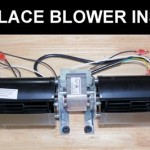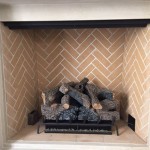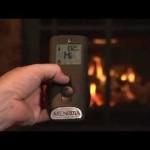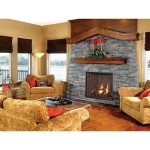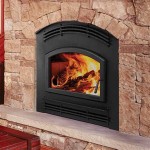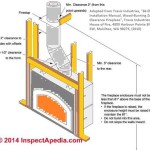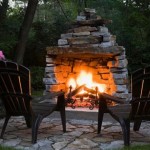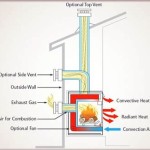Essential Aspects of Gas Inserts for Fireplaces
Gas fireplace inserts are a popular choice for homeowners seeking a cozy and efficient way to heat their homes. These inserts fit into existing fireplaces, providing the ambiance and warmth of a traditional wood-burning fireplace without the hassle or mess. Understanding the essential aspects of gas inserts is crucial before making an informed decision about this home upgrade.
Fuel Type
Gas inserts are designed to burn either natural gas or propane. Natural gas is typically the more cost-effective option, while propane provides greater portability and can be used in areas where natural gas is unavailable. Consider the availability and cost of each fuel source in your area.
Heating Efficiency
The heating efficiency of a gas insert is measured by its Annual Fuel Utilization Efficiency (AFUE) rating. A higher AFUE indicates a more efficient unit that will convert more fuel into heat. Look for inserts with AFUE ratings of 75% or higher to maximize energy savings.
Ignition System
Gas inserts offer different ignition systems for added convenience. Piezo igniters use a spark to light the gas, while electronic ignition systems provide a more reliable and instant flame. Consider your preferences and the ease of use when choosing an ignition system.
Remote Control and Thermostats
Many gas inserts come equipped with remote controls that allow you to adjust the flame height, turn the insert on and off, and program the desired temperature. Some models also offer smart thermostats that can be integrated with home automation systems for remote access and control.
Ventilation and Safety Features
Proper ventilation is essential for the safe operation of a gas insert. Ensure that the insert is installed according to manufacturer's guidelines and has adequate ventilation to prevent carbon monoxide buildup. Safety features like flame failure sensors and oxygen depletion sensors provide additional peace of mind.
Installation and Maintenance
Gas inserts should always be installed by a qualified professional. They require a gas line connection, proper ventilation, and may need modifications to the existing fireplace. Regular maintenance, such as cleaning and inspections, is crucial for optimal performance and safety.
Conclusion
Gas inserts for fireplaces offer a convenient and efficient way to enhance the ambiance and warmth of your home. By considering the fuel type, heating efficiency, ignition system, remote control options, safety features, and installation requirements, you can make an informed decision that meets your specific needs. Consult with a professional installer to ensure a safe and satisfactory installation.

Nfi Certified Gas Fireplace Insert Installations Buffalo Rochester Ny

Belmont Small Gas Insert

Napoleon Gas Fireplace Inserts Patio Palace

Gas Fireplace Inserts Napoleon Fireplaces

Gas Fireplace Inserts The Advantages Efficiency

Fireplace Insert Installation Wood Inserts Gas Pellet And Electric

All About Gas Fireplace Inserts Advice We Love Fire

Gas Fireplace Inserts The Place Fairfield

Gas Fireplace Inserts Modern Burning Fort Collins Fireplaces

Gas Fireplace Insert Propane Regency Vermont Castings Napoleon
Related Posts

